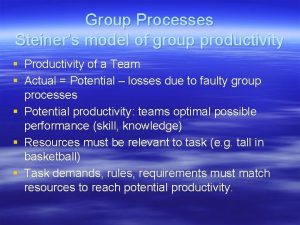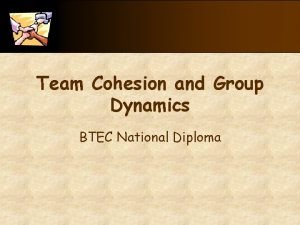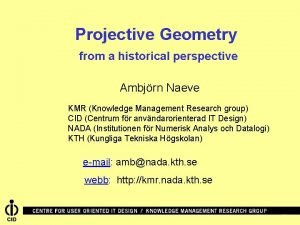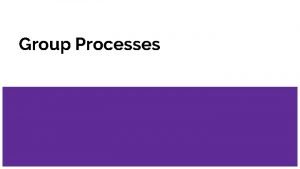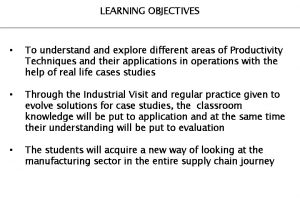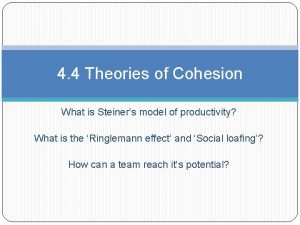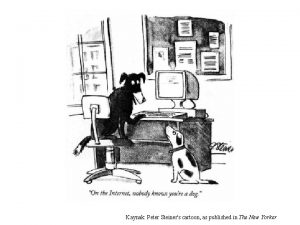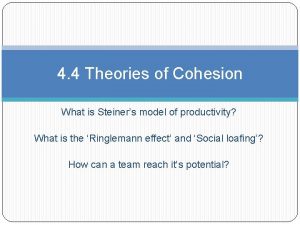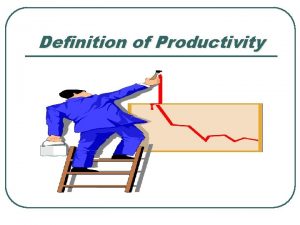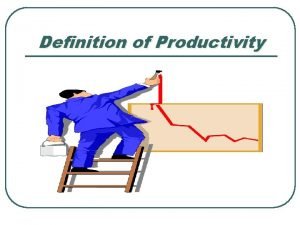Group Processes Steiners model of group productivity Productivity







- Slides: 7

Group Processes Steiner’s model of group productivity § Productivity of a Team § Actual = Potential – losses due to faulty group processes § Potential productivity: teams optimal possible performance (skill, knowledge) § Resources must be relevant to task (e. g. tall in basketball) § Task demands, rules, requirements must match resources to reach potential productivity.

Faulty Processes § Optimal performance is not reached because of individual/interactive problems. § Co-ordination losses: poor strategies, timing. E. g. failing to get ball to best shooter, poor link up play. § Motivational losses: when group members slack off, or give less than their best effort. § Which sports will co-ordinational losses be most detrimental for?

Group Formation Stage 1 -Forming § Individuals come together to try and find out about each other. (familiarisation) § Get to know their and other’s roles within the team. § Assess strengths and weaknesses § Do they belong? § Can they identify with or accept the expected and perceived roles/structures within the team?

Stage 2 - Storming § Individual members or cliques within the group may begin to question certain formal group power structures § Perhaps challenge the status of the leader § Open hostility and stress may result through power struggles § Coach/leader must work hard to reduce the effects of this situation by communicating with group openly and effectively.

Stage 3 -Norming § Group instability begins to disappear § Members begin to work together, displaying group cohesion § Members recognise need for common goals and gain personal satisfaction from achieving tasks collectively and effectively § Mutual respect for each member’s contribution increases.

Stage 4 - Performing § Members of the group now primarily identify with the team § They all have, and are aware of theirs and others’ roles within the team structure § Contribute individually and collectively to team productivity and success § Individuals said to experience psychological security within context of the team § Energies channelled to achieve group success

Structures and Roles within groups and teams § § Formal roles Teacher, coach, team captain Formal tasks or performance roles Striker in football, goal kicker in rugby, goal shooter in netball § Informal roles § Team diplomat, the comedian, the “hard man”/”stopper” (woody which one are you? )

